How To Reduce DHT Hair Loss & What Are The Treatment Options?
Combat DHT hair loss with effective treatment options and unlock the secret to healthier hair!
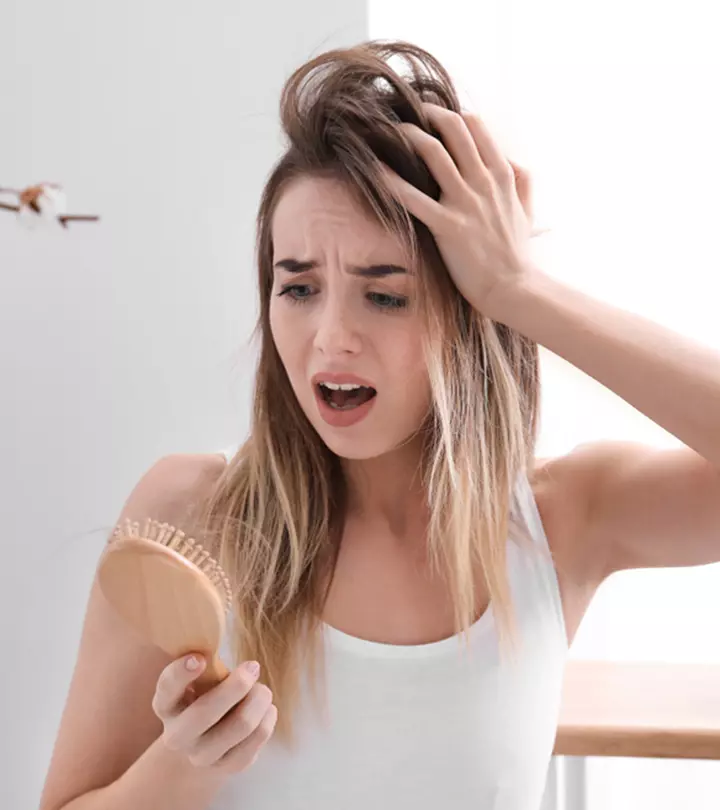
Androgenic alopecia (1), also known as female pattern baldness, occurs due to the conversion of testosterone (male sex hormone) to DHT (dihydrotestosterone) (2). Before understanding how to reduce DHT hair loss, it is important to know more about the condition.
Female pattern baldness is characterized by the thinning of hair in an “M” shape from the frontal region of the head (3), and over 30 million women in the US have this condition. However, there are treatments to help combat this condition (4). In this article, we have listed them all and their side effects. Read on.
In This Article
What Is DHT? How Does DHT Cause Hair Loss?
DHT or dihydrotestosterone is a potent version of the male sex hormone, testosterone (5). Excessive production of DHT results in facial hair in women and female pattern baldness, which is characterized by gradual hair thinning.
A survey explored perceptions of baldness involving 32,601 U.S. adults. The findings reveal that around 46% of women express a fear of experiencing hair loss. Notably, the age group with the highest percentage (57%) of women with this fear is 18 to 24-year-olds.
The overproduction of DHT may not cause complete baldness, but it can certainly affect the quality of life.
Testosterone gets converted to DHT by an enzyme, 5-alpha reductase (5-AR) (6). DHT binds to the receptors in the hair follicles and makes them shrink. When the follicles shrink, the growth cycle of the hair reduces and leads to premature hair fall. DHT also prevents the quick growth of new hair.
Hair loss due to DHT is also common in men as they have more testosterone than women. However, overproduction of testosterone in women can lead to a deep voice and thick hair on the face, chest, abdomen, arms, and legs.
Various DHT blockers and inhibitors can help reduce hair fall caused by the overproduction of DHT. Let’s find the treatment options in the next section.
Key Takeaways
- Overproduction of dihydrotestosterone (DHT), a potent form of testosterone, may result in facial hair and androgenic alopecia in women.
- Your dermatologist may prescribe DHT blockers or inhibitors such as finasteride to reduce hair loss and stimulate hair growth.
- Using these medications may result in side effects such as scalp irritation, fatigue, or breast tenderness.
- You can always consume spinach, kale, watermelon, banana, and whole grains to reduce hair fall caused by DHT.
DHT Hair Loss Treatment Options
There are two ways to reduce hair loss due to DHT:
- Blockers –Block the DHT from binding with the 5-alpha reductase (5-AR) receptors.
- Inhibitors –Inhibit the conversion of testosterone to DHT.
Note:
Although these are non-surgical treatments, consult a dermatologist before using them.
Here’s a list of the medications your doctor may suggest.
- Minoxidil – Minoxidil is an FDA-approved topical solution for androgenic alopecia. It affects the hair cycle by terminating the telogen phase and prolonging the anagen phase(7). A study shows that 44% of women who applied 2% minoxidil solution achieved new hair growth (8).
- Spironolactone – Spironolactone is prescribed for women with androgenetic alopecia and hirsutism (facial hair). It blocks the androgen receptors and ovarian androgen production. A dose of 200 mg/day of spironolactone helps restore hair growth and prevents hair thinning (7).
- Cyproterone acetate– Cyproterone acetate helps treat hyperandrogenism and hirsutism. It inhibits gonadotropin-releasing hormone (the hormone responsible for the secretion of estrogen, progesterone, and testosterone) and blocks the androgen receptors(7).
- Flutamide– Flutamide is an androgen receptor blocker. It is a new treatment for female androgenic alopecia. A study showed that the intake of 250 mg/day flutamide for a year led to a greater reduction in hair loss compared to cyproterone acetate and finasteride (7).
- Finasteride –Finasteride inhibits the 5-alpha reductase II enzyme, which converts testosterone to DHT. However, it is not prescribed for women of childbearing age as it increases the risk of external genital deformity in male offspring (9).
David Carvalhao, a serial entrepreneur, wrote about his experience of combating DHT triggered Androgenetic alopecia. By the age of 25, he was on his way to becoming bald and, while researching for a solution, came across Finasteride and Minoxidil to be the best option. He wrote, “I started using Finasteride first, which took around 3 months of continued use to stop my hair loss and about one year to show any improvement, and the new hair was rather thin and fickle. When I started also using Minoxidil plus vitamins, I saw a very noticeable difference after 6 weeks of use. My hair looked stronger and I could see new hair growth in areas where I hadn’t seen any for years (i).”
You should also be aware that these drugs may have a few side effects. The next section lists the possible side effects of these treatment options.
Possible Side Effects
- Propylene glycol in minoxidil formulation may cause scalp irritation(10).
- Spironolactone may cause menstrual irregularities, fatigue, breast tenderness, hematological disturbance, and electrolyte disturbance (2).
- Finasteride increases the risk of birth defects. Thus, it is not recommended for women of childbearing age.
Your doctor will suggest whether you need medication or a cosmetic procedure. Scroll down to know the cosmetic procedures for reducing hair loss in women.
Other Options To Reduce Hair Fall
- PRP Treatment
Platelet-Rich Plasma (PRP) treatment is a regenerative treatment for hair loss. It harnesses the power of platelet-stimulated hair growth to make your hair thick and healthy. Platelets from your blood are separated and injected into your scalp where the hair is thin. Research shows that localized platelet injections increase the number of hair without any adverse reactions (12). Check out the before and after results of women who tried PRP treatment here.
- Laser Light Treatment
Laser treatment helps reduce hair fall and stimulates hair growth. It is a non-invasive and painless method to rejuvenate the hair follicles and enhance blood flow to the scalp (13). The low-level laser irradiates photons into the scalp tissue. These photons are absorbed by the hair follicles, stimulating blood circulation. Increased blood circulation leads to increased nutrient supply to the hair follicles, which increases cellular activity. You can avail this option at a laser treatment center or buy a laser cap that you can use at home. Here’s how much each would cost.
 Did You Know?
Did You Know?- Hair Transplantation
Hair transplantation is a surgical procedure where a skin graft containing viable scalp follicles is transplanted into the bald areas. It may leave scars and can be painful. This procedure also requires sufficient downtime for recovery. It is costlier than other hair treatments.
Apart from taking medicines and going for cosmetic procedures, you can also consume foods that help control DHT levels.
Foods That Block DHT
- Biotin-Rich Foods – Egg yolk, whole grains, and nuts.
- Lysin-Rich Foods – Coffee, green tea, black tea, boiled eggs, pumpkin seeds, flaxseeds, and peanuts.
- Lycopene-Rich Foods – Tomato, watermelon, banana, mango, beetroot, and grapefruit.
- Zinc-Rich Foods – Spinach, kale, and white mushroom.
- Protein-Rich Foods – Soy, soybeans, edamame, tempeh, fatty fish, and legumes
- Quercetin-Rich Foods – Apple, berries, asparagus, kale, and spinach.
 Did You Know?
Did You Know?Wondering how DHT differs from testosterone? Scroll down to learn the basic difference between the two of them
DHT Vs. Testosterone
Both DHT and testosterone are essential hormones, but imbalances or excessive levels can lead to various health issues.
| DHT | Testosterone | |
|---|---|---|
| Derivation | Derived from testosterone through 5-alpha-reductase | Primary male sex hormone |
| Potency | More potent androgen than testosterone | Crucial for the development of male reproductive organs |
| Role In Hair Loss | High levels associated with male pattern baldness | Excess can contribute to hair loss |
| Primary Functions | Development of male reproductive characteristics | Growth of muscle and bone, libido, mood regulation |
| Conversion Relationship | Derived from testosterone | Excess testosterone can convert to DHT |
Hair thinning can occur due to a hormonal imbalance or high DHT levels. DHT, or dihydrotestosterone, is a highly strong form of testosterone, the male sex hormone. DHT production is excessive in women, resulting in facial hair and female pattern baldness, marked by gradual hair thinning. If DHT causes hair loss, see your doctor to determine the right treatment method. You can control DHT levels by eating certain foods that help manage its levels, taking medications, and having aesthetic operations. In addition, maintain healthy lifestyle habits like exercising regularly, eating healthy, managing stress, and getting enough sleep. You will notice a difference in hair density far sooner than you expected.
Frequently Asked Questions
At what age does DHT increase?
DHT levels are thought to peak by 35 years of age and then steadily decline with an increase in age (14), (15).
What is the strongest natural DHT blocker?
Rosemary oil is one of the most potent and effective natural DHT blockers and among the most well studied and proven (16). Some potent natural DHT blocker foods include fenugreek, green tea, tea tree oil, blueberries, and stinging nettle.
What lifestyle changes can reduce DHT levels?
Focus on a balanced diet rich in vitamins and minerals, exercise regularly to improve circulation, and manage stress through mindfulness activities like yoga or meditation to lower DHT levels and keep them in check. Additionally, avoid smoking and excessive alcohol consumption.
Check out the following video to learn more about DHT (Dihydrotestosterone) and its impact on hair loss. Understand what it is, and how it contributes to hair thinning and loss, and gain insights into this key factor in hair health.
Personal Experience: Source
StyleCraze's articles are interwoven with authentic personal narratives that provide depth and resonance to our content. Below are the sources of the personal accounts referenced in this article.
(i) How I Beat Hair Loss and Baldness Spending 12.5 € per Monthhttps://carvalhao.medium.com/how-i-beat-hairloss-and-baldness-spending-12-5-per-month-ee2b28698a82
References
Articles on StyleCraze are backed by verified information from peer-reviewed and academic research papers, reputed organizations, research institutions, and medical associations to ensure accuracy and relevance. Read our editorial policy to learn more.
- Female Androgenetic Alopecia: An Update on Diagnosis and Management
https://pubmed.ncbi.nlm.nih.gov/31677111/ - Female pattern hair loss: A clinical, pathophysiologic, and therapeutic review
https://www.ncbi.nlm.nih.gov/pmc/articles/PMC6322157/ - Androgenetic alopecia
https://medlineplus.gov/genetics/condition/androgenetic-alopecia/#frequency - Hormonal therapy in female pattern hair loss
https://www.ncbi.nlm.nih.gov/pmc/articles/PMC5419033/ - The effectiveness of treatments for androgenetic alopecia: A systematic review and meta-analysis
https://pubmed.ncbi.nlm.nih.gov/28396101/ - Alopecia in Women
https://www.aafp.org/pubs/afp/issues/2003/0301/p1007.html - Female pattern hair loss: Current treatment concepts
https://www.ncbi.nlm.nih.gov/pmc/articles/PMC2684510/ - Use of topical minoxidil therapy for androgenetic alopecia in women
https://pubmed.ncbi.nlm.nih.gov/8225725/ - Finasteride and Its Potential for the Treatment of Female Pattern Hair Loss: Evidence to Date
https://www.ncbi.nlm.nih.gov/pmc/articles/PMC7060023/ - Allergic contact dermatitis to topical minoxidil solution: etiology and treatment
https://pubmed.ncbi.nlm.nih.gov/11807448/ - Adverse Effects and Safety of 5-alpha Reductase Inhibitors (Finasteride, Dutasteride): A Systematic Review
https://pubmed.ncbi.nlm.nih.gov/27672412/ - A Meta-analysis On Evidence Of Platelet-rich Plasma for Androgenetic Alopecia
https://www.ncbi.nlm.nih.gov/pmc/articles/PMC5803844/ - Low-Level Laser (Light) Therapy (LLLT) for Treatment of Hair Loss
https://www.ncbi.nlm.nih.gov/pmc/articles/PMC3944668/ - Age-specific population centiles for androgen status in men
https://academic.oup.com/ejendo - Age-related changes in serum and brain levels of androgens in male Brown Norway rats
https://www.ncbi.nlm.nih.gov/pmc/articles/PMC6042843/ - Promotion of hair growth by Rosmarinus officinalis leaf extract
https://pubmed.ncbi.nlm.nih.gov/22517595/ - What Is Frontal Hair Loss And How To Treat It?
- 14 DHT Blocking Shampoos – Top Picks And A Buying Guide
- Hair Growth For Baldness – Causes And Solutions
- 5 Essential Hair Fall Treatments
Read full bio of Dr. Rinky Kapoor
Read full bio of Arshiya Syeda
Read full bio of Anjali Sayee
Read full bio of Monomita Chakraborty







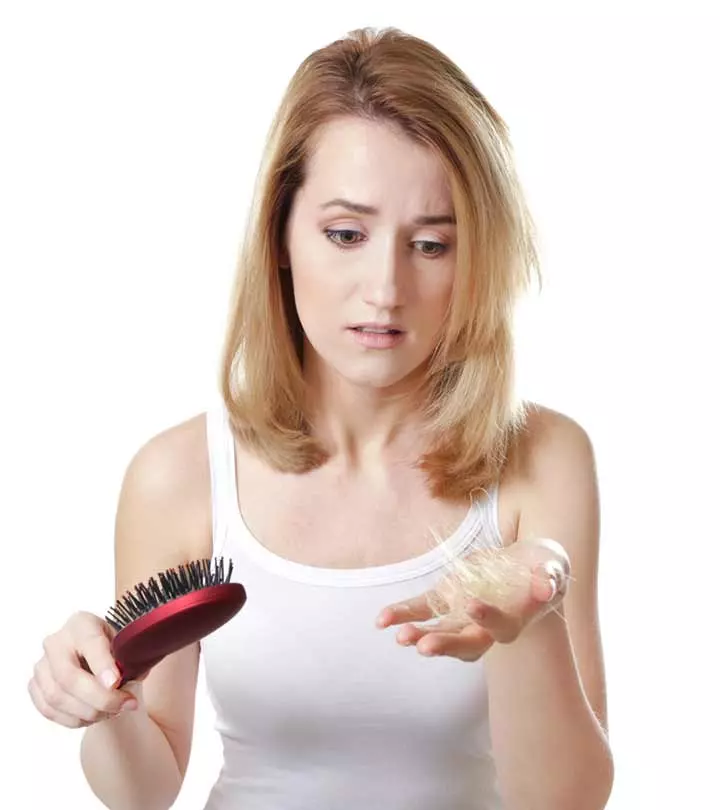
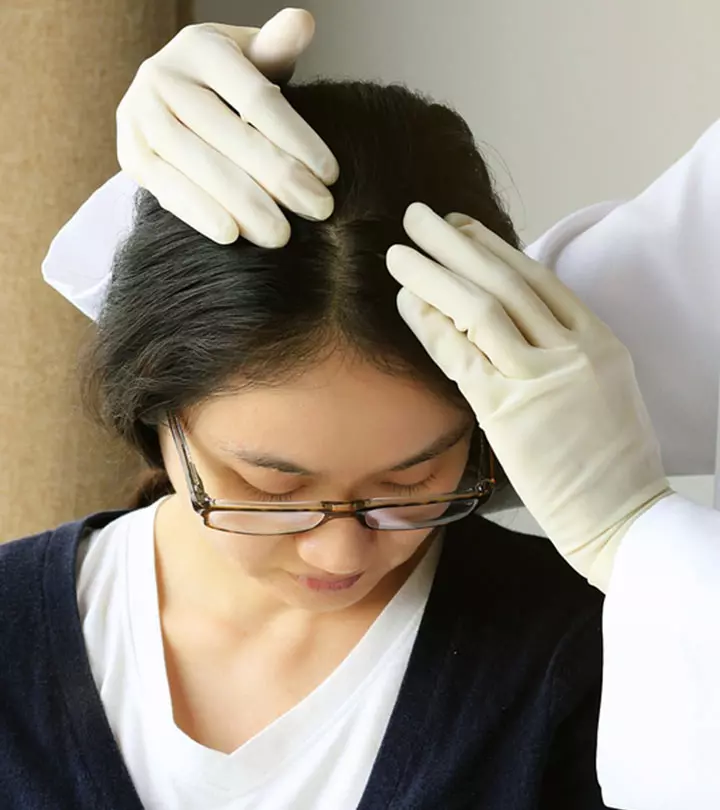
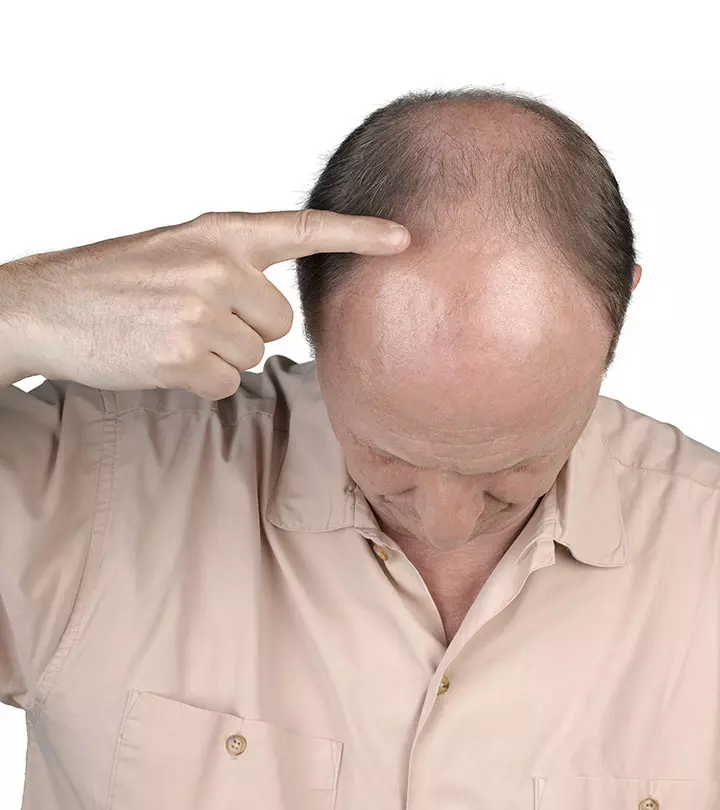

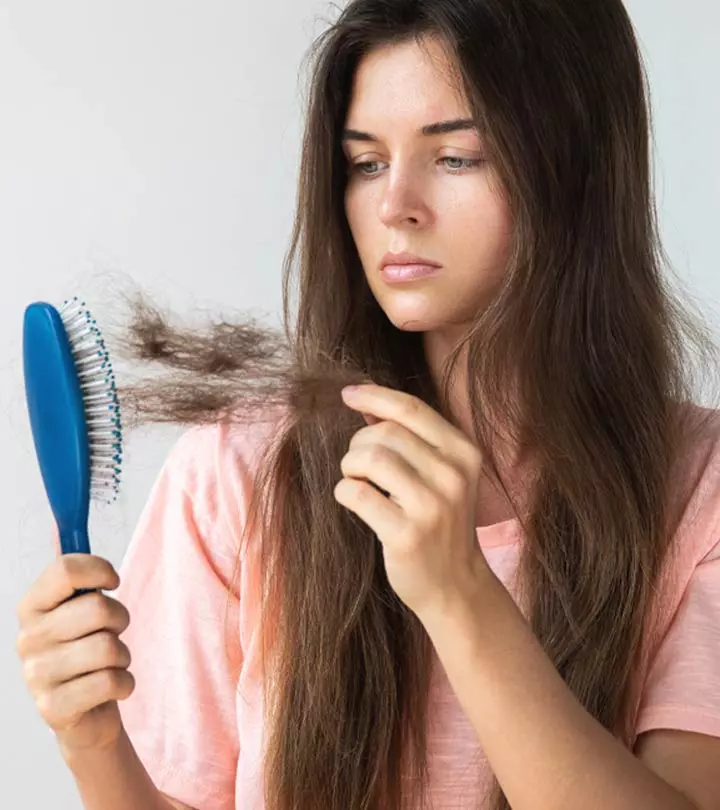
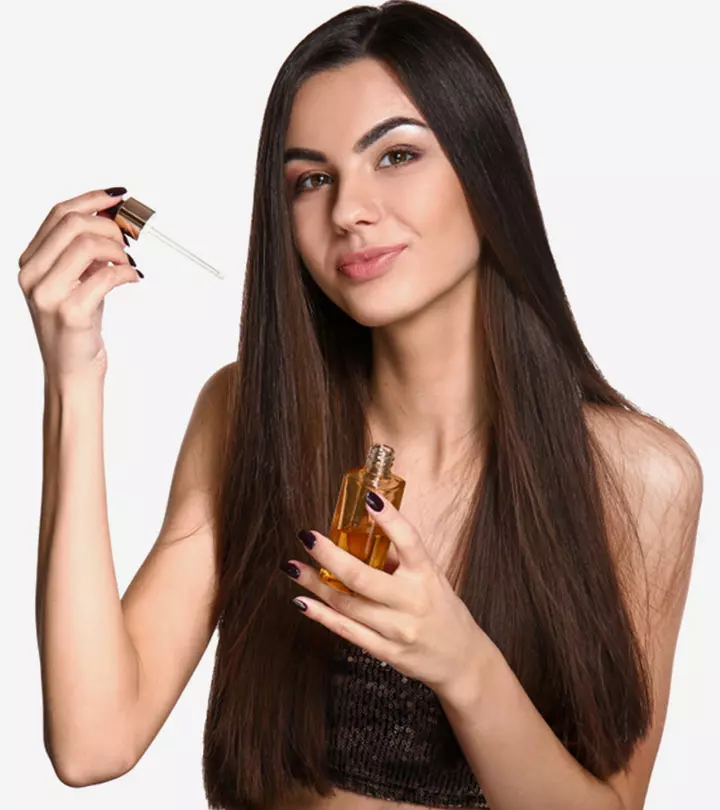
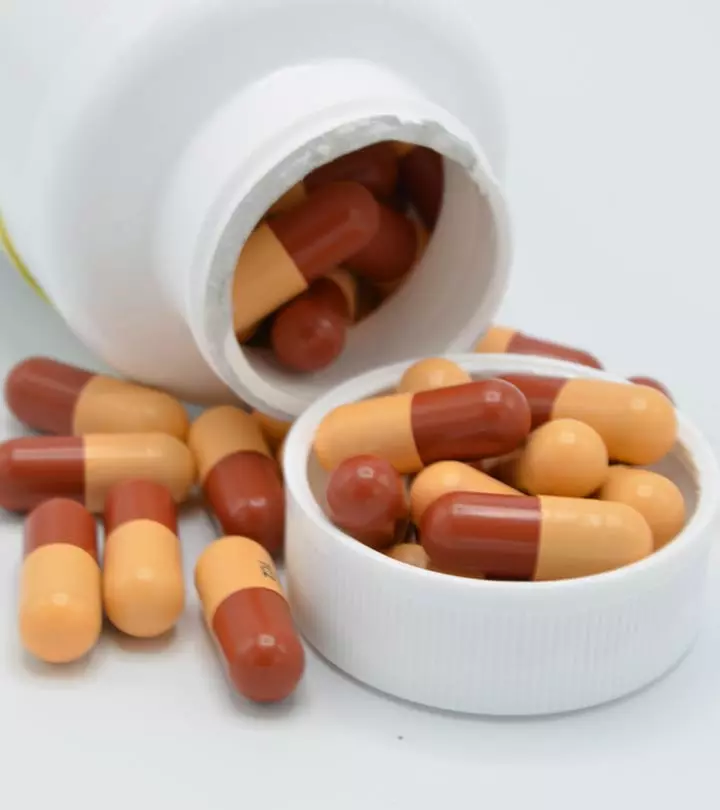
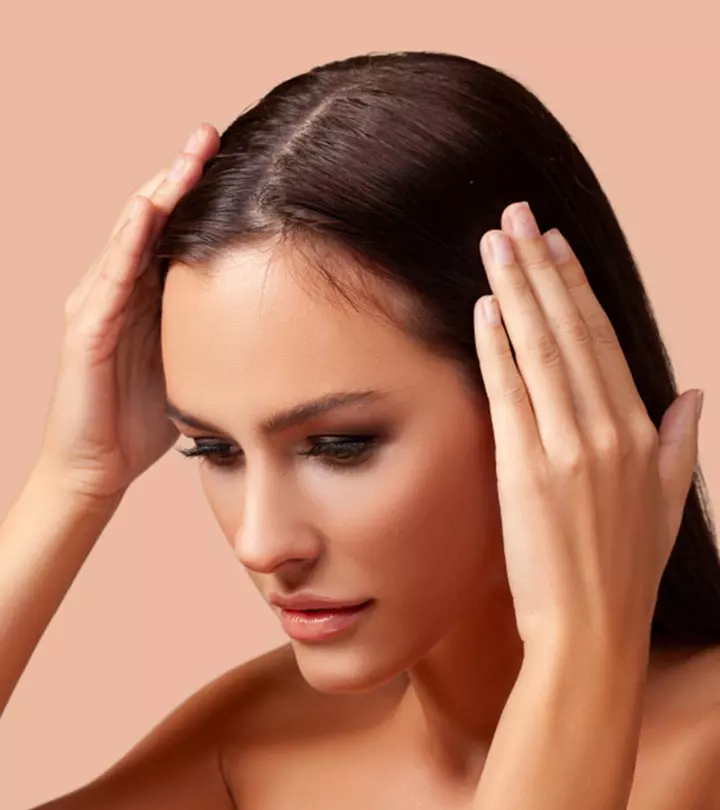

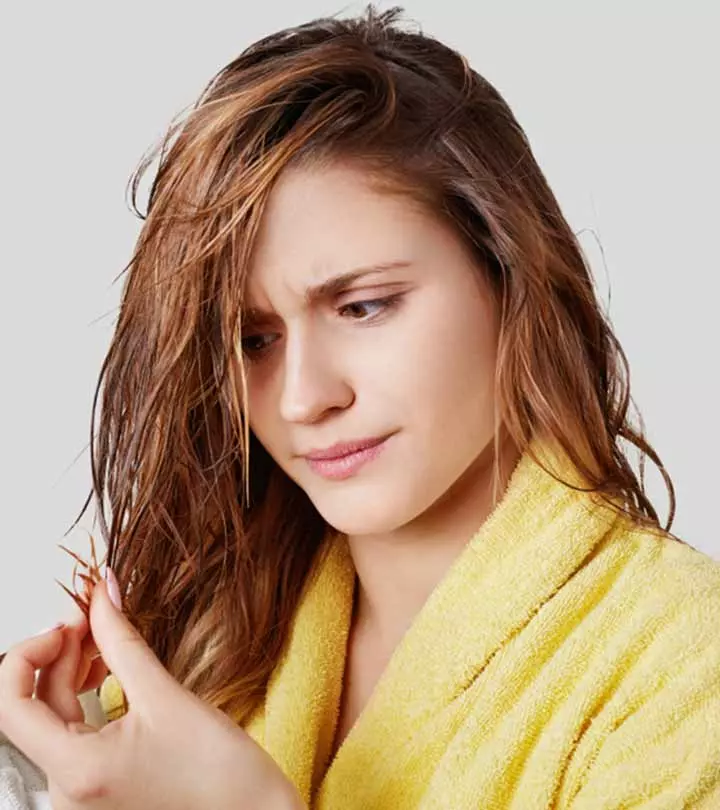
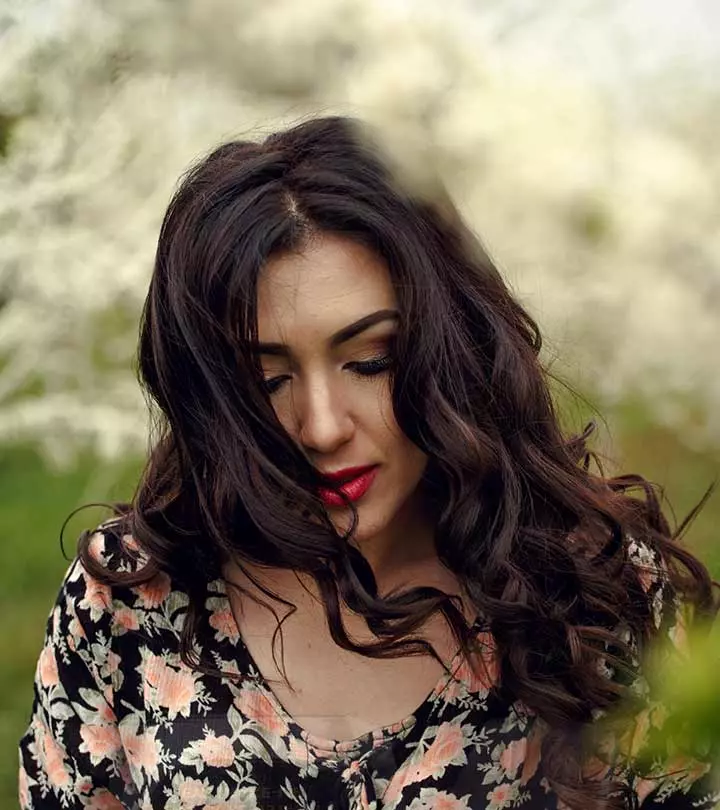
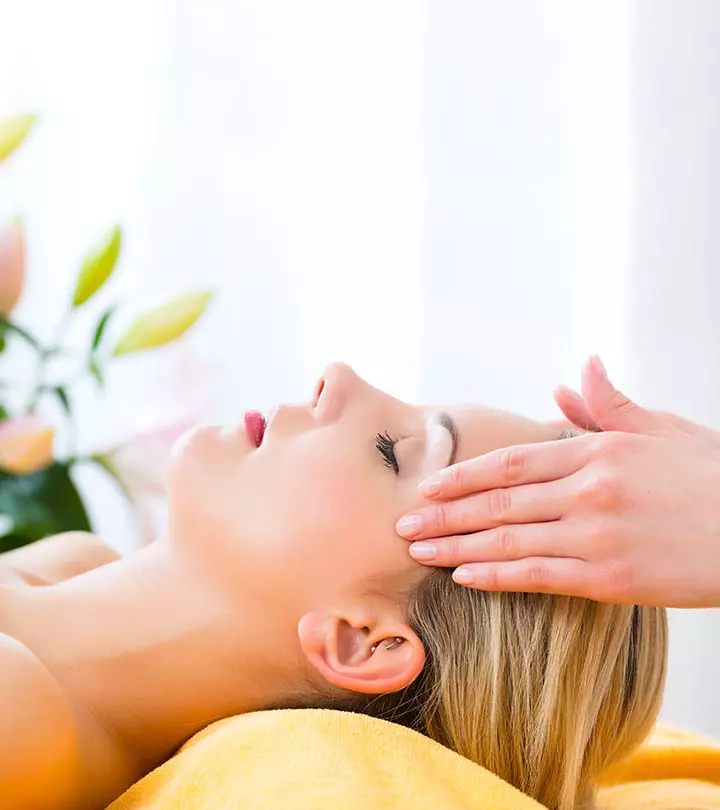
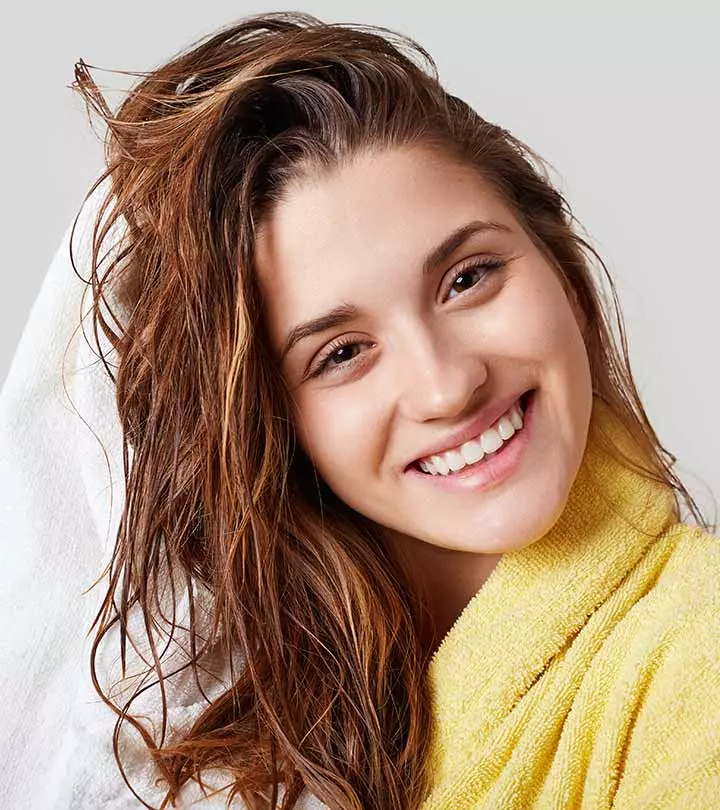

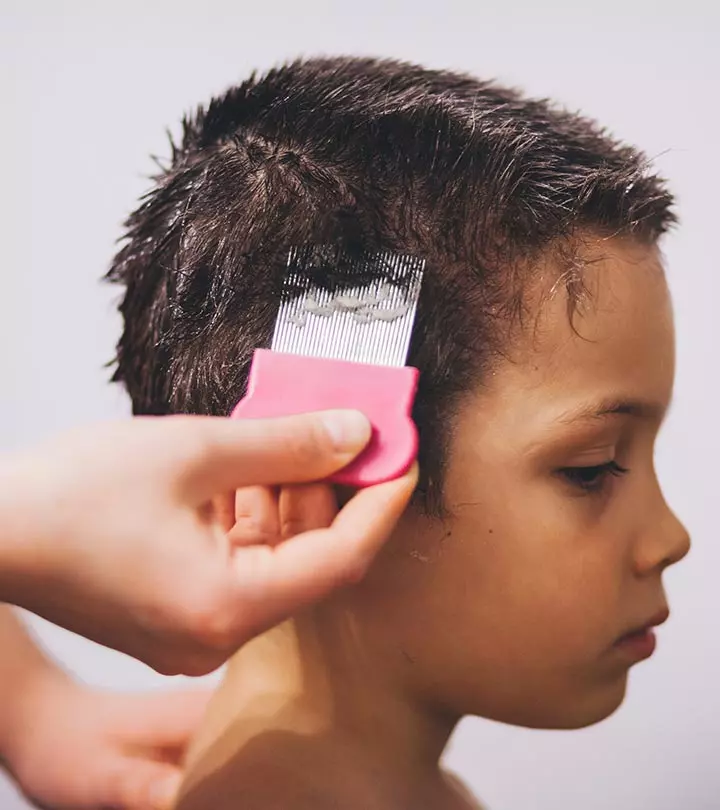
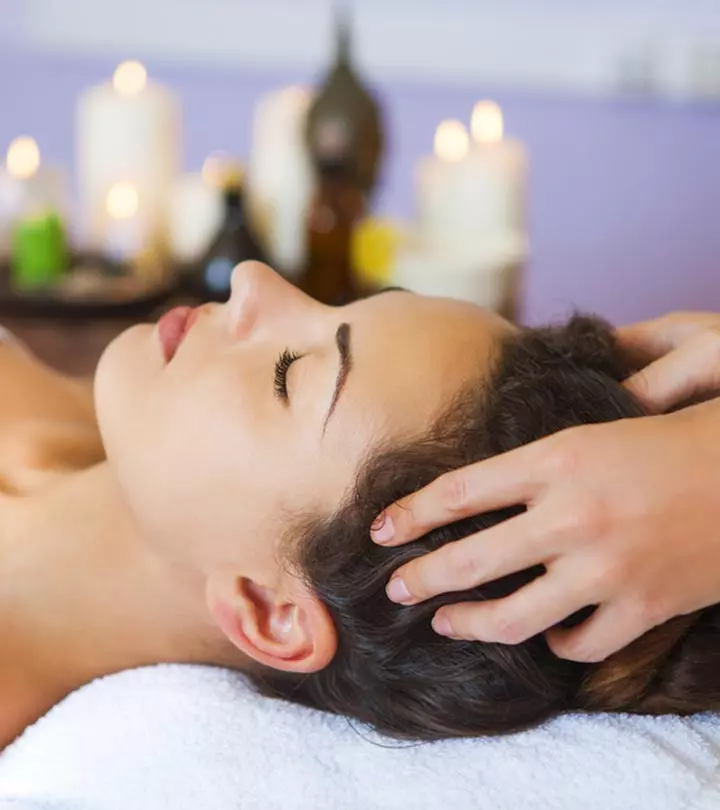
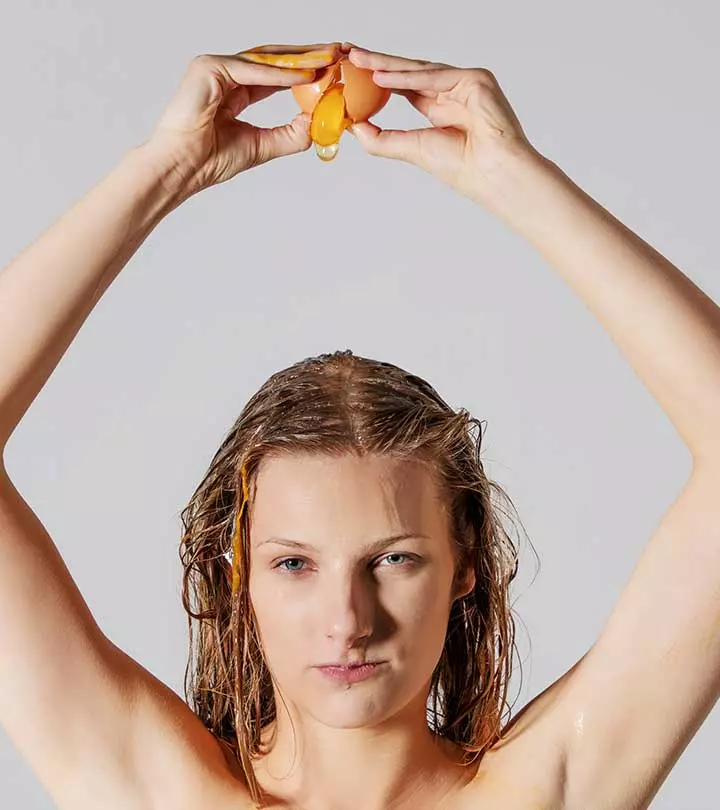
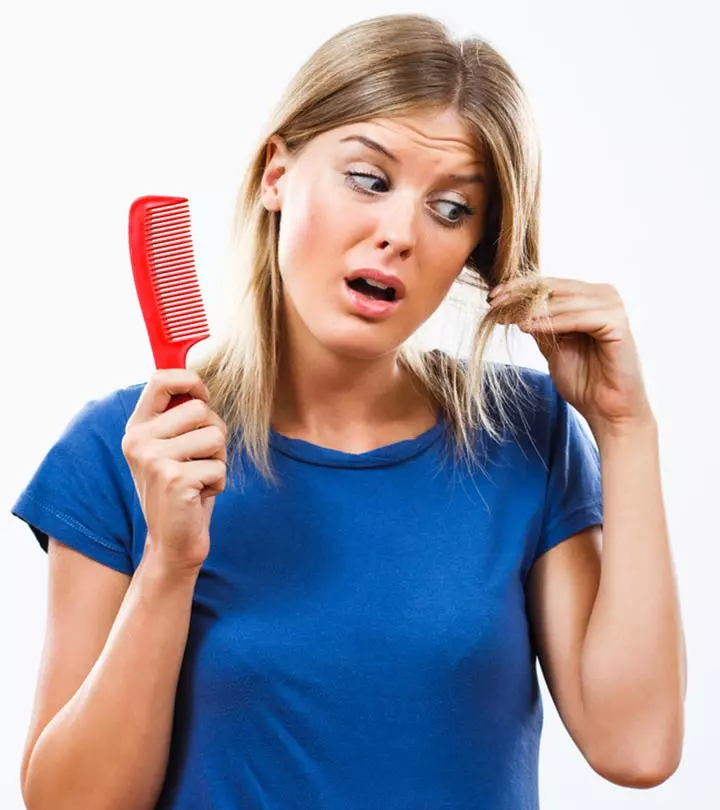
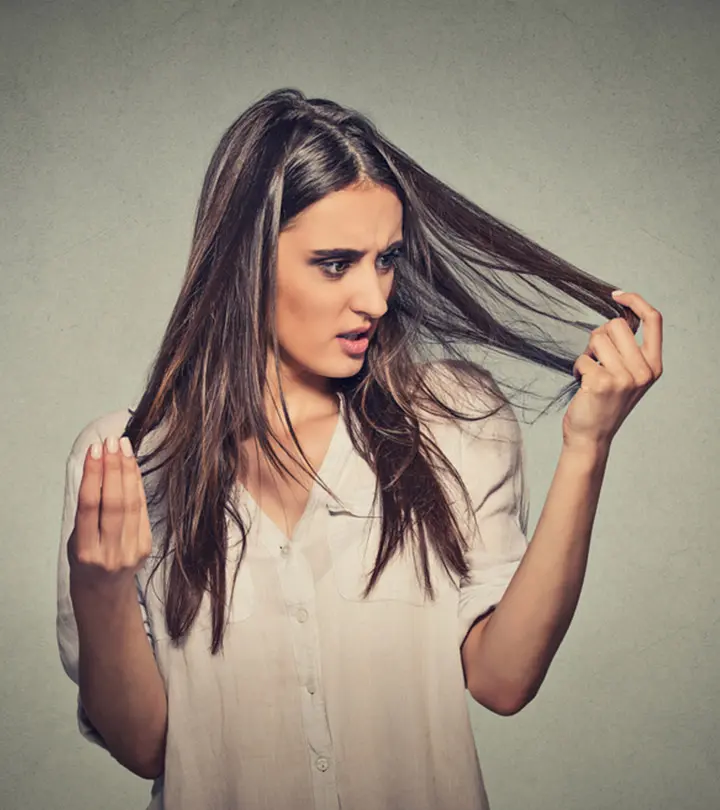
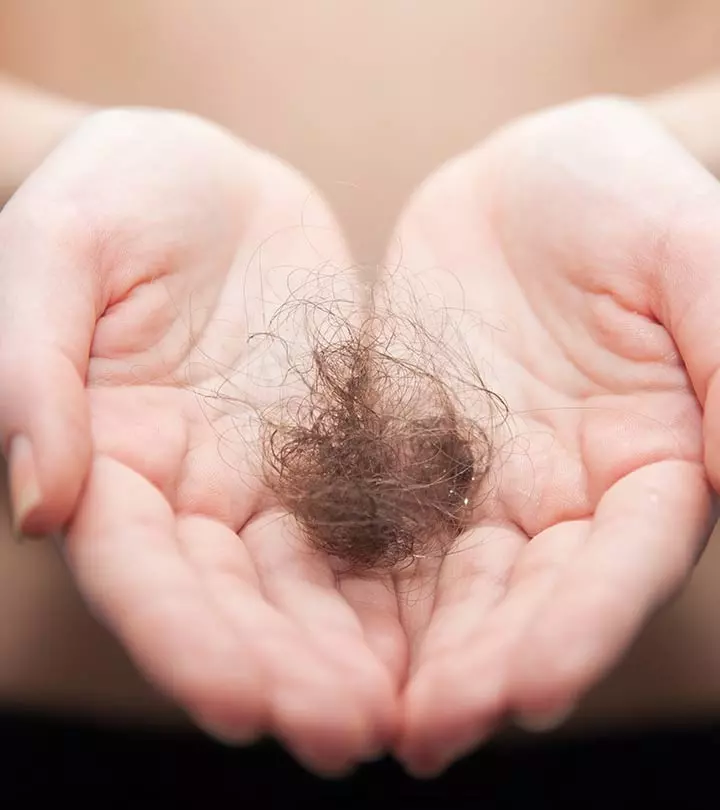
Community Experiences
Join the conversation and become a part of our empowering community! Share your stories, experiences, and insights to connect with other beauty, lifestyle, and health enthusiasts.